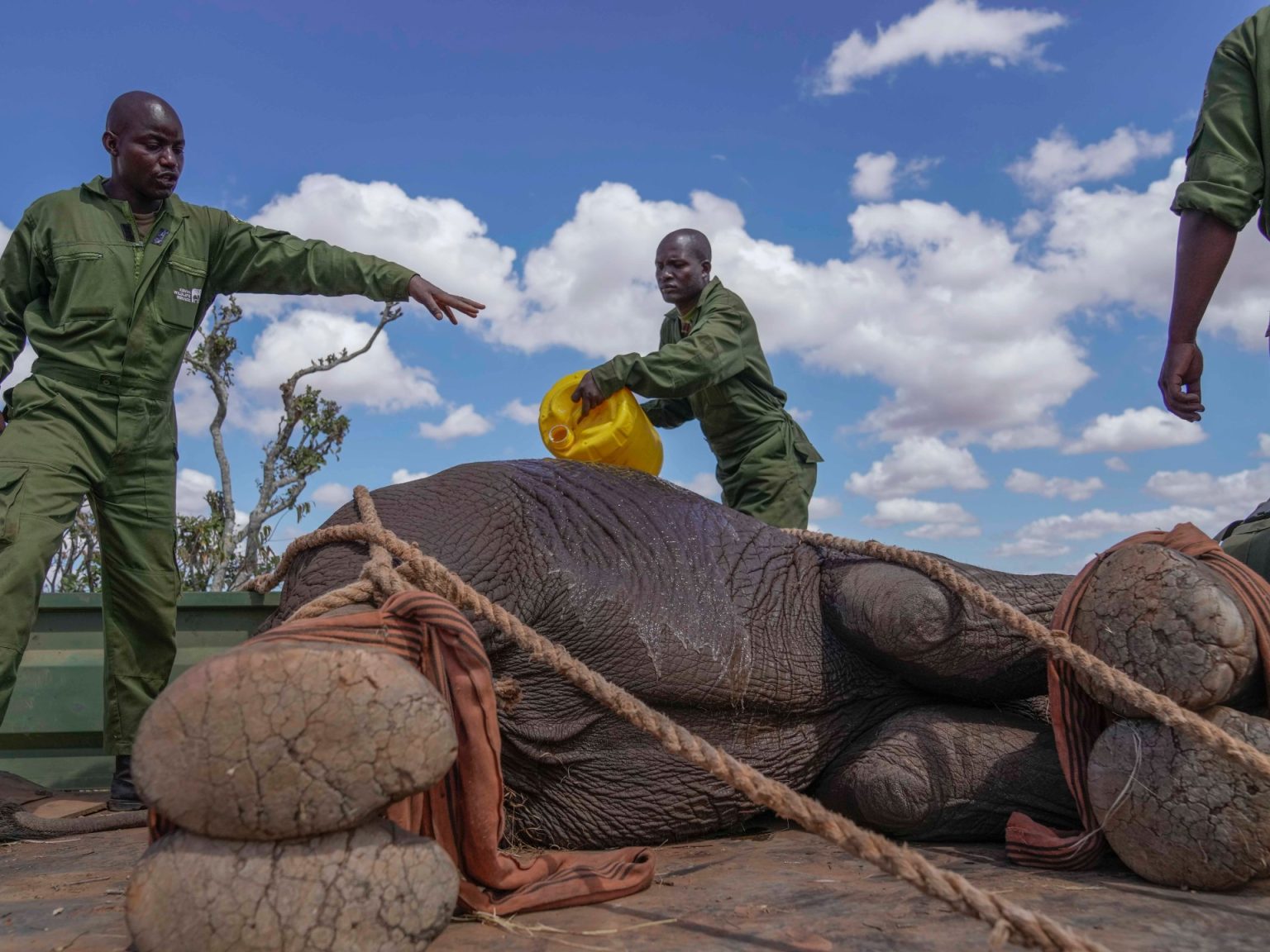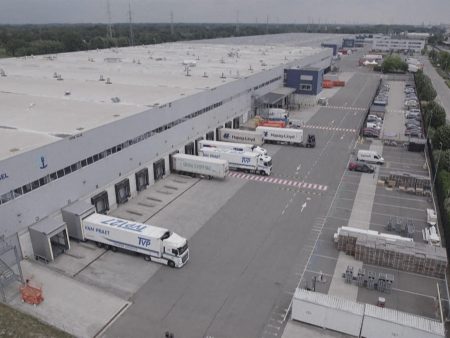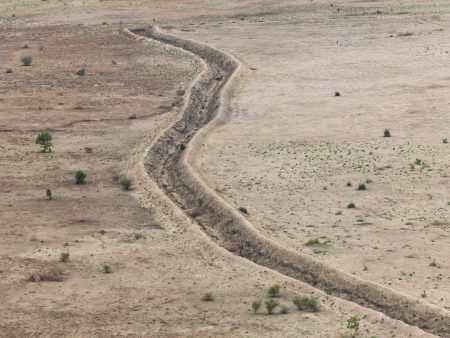Kenya is facing a challenge of overpopulation of elephants in the Mwea National Reserve, located east of Nairobi. The elephant population in the reserve has grown significantly from just 49 elephants in 1979 to 156, exceeding the ecosystem’s capacity. To address this issue, the Kenyan government has initiated a relocation plan to move approximately 100 elephants to other national parks in the country. Tourism Minister Rebecca Miano oversaw the translocation of five elephants to the Aberdare National Park, with plans to move 50 more elephants at a later date.
Kenya Wildlife Service Director General Erustus Kanga highlighted the success of conservation efforts in the country, as the flourishing elephant population in Mwea indicates low levels of poaching and effective conservation measures. The relocation of elephants to other national parks is seen as a necessary step to manage the overpopulation and prevent conflicts with local communities. Residents in the area have expressed relief at the government’s decision to reduce the elephant population, as the animals had been invading farms due to food scarcity in the reserve.
The relocation process involves a team of over 100 wildlife specialists utilizing various equipment, including specially fitted trucks, aircraft, and helicopters. A fixed-wing aircraft conducts aerial surveillance to track elephants, while helicopters herd and separate the animals into family units for relocation. A spotter and veterinarian aboard the helicopters tranquilize the elephants, allowing ground teams to clear paths and lift the massive animals onto trucks for transport to their new home. The relocation aims to not only manage overpopulation but also reduce human-wildlife conflicts in the area.
The cost of the relocation project is estimated to be at least 12 million Kenyan shillings ($93,000), as the government invests in conservation efforts to protect wildlife and prevent conflicts with local communities. Kenya’s national parks and reserves are important tourist attractions, drawing millions of visitors each year to witness diverse wildlife species in their natural habitats. The successful management of elephant populations in reserves like Mwea and Aberdare demonstrates Kenya’s commitment to environmental conservation and sustainable wildlife management practices.
As the relocation process continues, efforts are being made to ensure the safety and well-being of the elephants as they adjust to their new environment. With the cooperation of wildlife specialists, local communities, and government agencies, Kenya aims to strike a balance between wildlife conservation and human livelihoods. The successful translocation of elephants from Mwea to Aberdare reflects the country’s dedication to preserving its natural heritage and promoting responsible tourism practices for the benefit of both wildlife and people.













